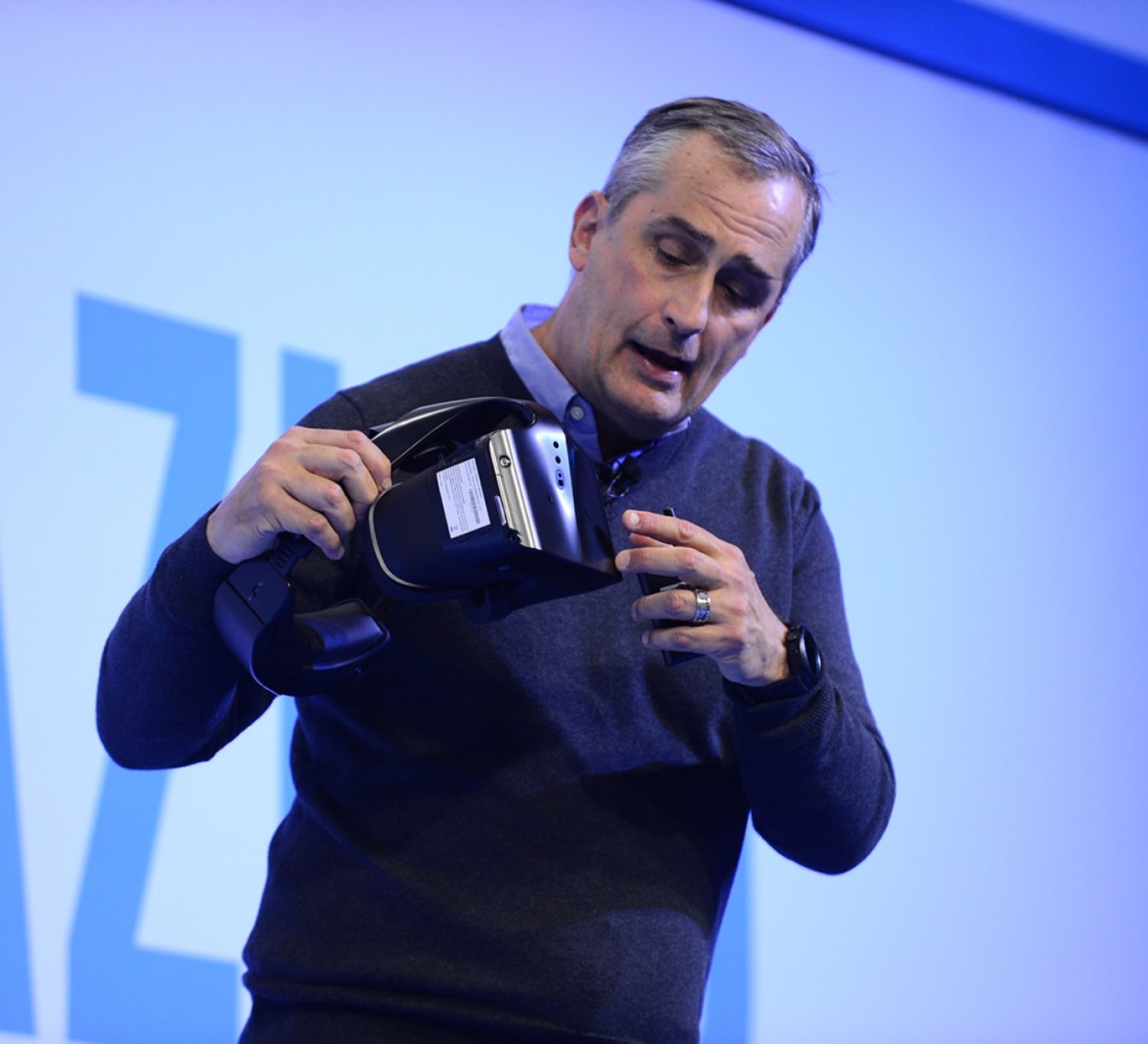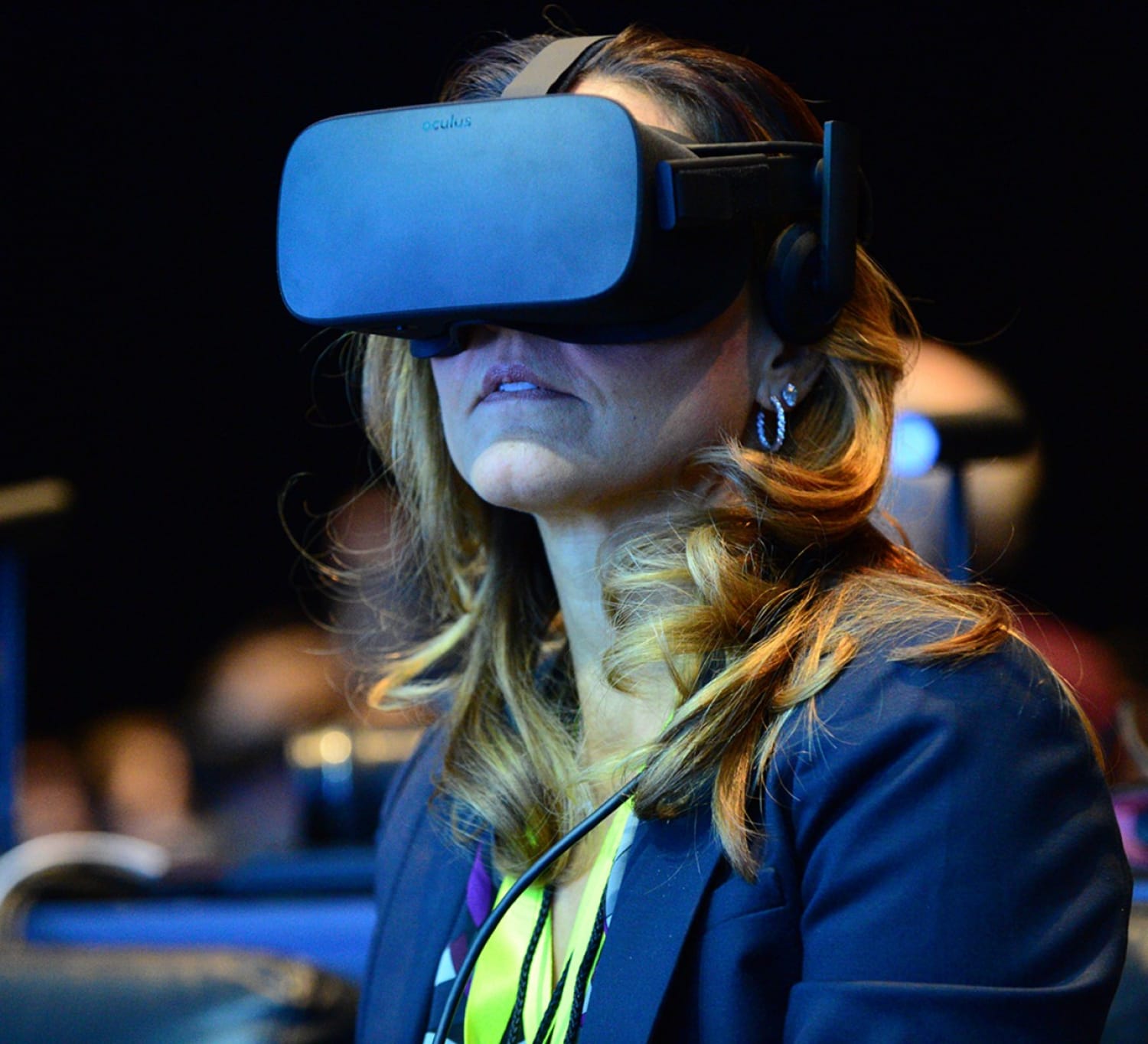On the official media day at CES, Intel stood out from the crowd with a different kind of press conference. Over 250 people gathered together in one room to experience advances in virtual reality, each with individual headsets and equipment. “This is the most unique and technically complex event we’ve ever held,” CEO Brian Krzanich admitted.
After last year’s CES, buzz about virtual reality had reached such a crescendo that there was bound to be something of a letdown once flagship products like Oculus Rift and HTC Vive finally reached consumers. While VR isn’t the head-turning buzzword it was last year, Intel showed applications in travel, industry and entertainment that amounted to compelling content that could drive future VR adoption.
One VR clip highlighted advances in volumetric 3D image capturing. Viewers witnessed a pastoral scene recorded in the Vietnamese countryside, with a water buffalo happily grazing near a waterfall. Unlike standard 360-degree video, which keeps viewers in a static location, this video allowed viewers to peer around, underneath and above various objects, creating an uncanny level of realism.
While volumetric experiences generated by computers are not uncommon in VR, the ability to capture real-world environments as volumetric experiences suggests new possibilities. Krzanich emphasized that the process requires such enormous amounts of data that it wouldn’t have been possible until very recently.




